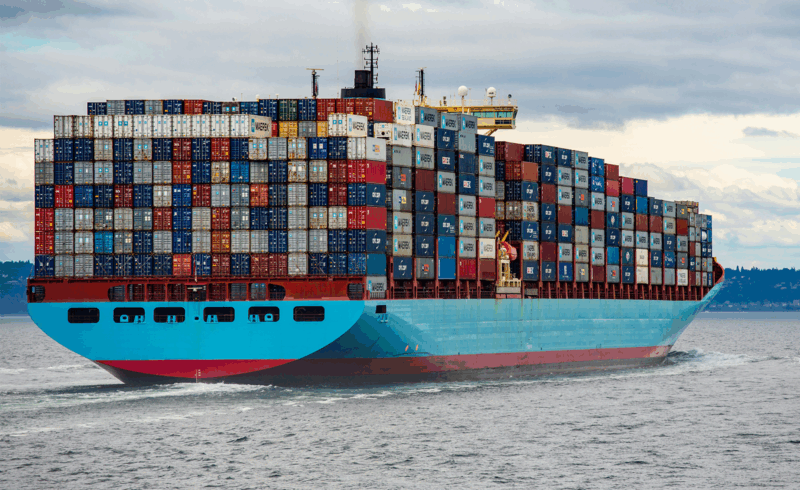Prior to the advent of COVID-19, ‘just-in-time’ supply chains were undeniably the standard. But consider the sizable shifts that have occurred in supply chains because of the pandemic.
There’s a strong possibility that businesses everywhere will be making the move from ‘just-in-time’ supply chains to ‘just-in-case’ supply chains. But what does this actually mean, and what does it mean for the future of how we order, shop, and consume?
Just-in-time vs. just-in-case
The just-in-time (JIT) supply chain essentially minimizes inventory while maximising efficiency. It was first pioneered by Toyota in the latter half of the 20th century. At this time, the company focused on delivering parts to factories right before they needed them. This style of manufacturing moves materials only when needed, drastically reducing associated costs. In an increasingly globalized world, this method of manufacturing and shipping has become commonplace. This is partly due to the ease that technology, digitalisation, and highly developed communications systems give us. But JIT systems need to rely on things like no machine breakdowns, reliable supply, and steady production. Ultimately, this system was the preferred method of manufacturing throughout most of the world’s supply chains. That was, up until recently. COVID-19, which disrupted supply chains on an unprecedented scale, exacerbated the gaping holes in this system.
As opposed to the just-in-time supply chain is the just-in-case (JIC) supply chain method. JIC supply chains keep large inventories on hand, which minimizes the probability of items being out of stock. The companies that employ this method usually tend to be smaller. They tend to struggle more with predicting consumer demand, perhaps because they stock seasonal or niche products. This results in higher storage costs, and if the products don’t sell, higher levels of waste. The JIC system is more common in less industrialised countries with poor levels of transportation, infrastructure, and quality control. Therefore, countries with likely disruptions to the supply chain.
The global supply chain disruption
COVID-19 called for a massive re-evaluation of the JIT method. With factories across the globe shutting down or at least slowing down their production considerably, and massive delays in global shipments, we were left with scenes that are all too vivid: people hoarding toilet paper and rows and rows of empty shelves in the supermarkets. From electronics to vegetables to clothing, everywhere in the world faced shortages. These were a result of the pandemic and the JIT supply chains being ill-equipped to handle it. From low-stakes shortages, like Nike not being able to stock their online stores fast enough, we also saw the life-threatening impact that this supply chain disruption had – when medical workers were left without personal protective equipment in a number of nations.
Now, the question is whether, as the pandemic comes to a close, businesses should continue to use JIT supply chain manufacturing considering the obvious fragility of the system. Many have argued that since – theoretically – a monumental event on the scale of COVID-19 shouldn’t occur in the near future, it does make financial sense to re-embrace JIT systems. However, the recent blockage of the Suez Canal – completely unrelated to coronavirus – was another instance that made obvious the weaknesses of JIT supply chains. When the Ever Given was lodged in the canal for six days, it caused significant disruption to the global supply chain.
The future of supply chains
All of this is coming to make us realize how interconnected our world has become. We are acutely aware of how reliant we are on digitalisation, automation, and innovation. If we do see a significant shift towards JIC supply chains as the norm, we can expect this to have a ripple effect on business practices in general. What those specific trends will be remains to be seen.
What we can expect is for supplier bases to diversify as a means of protecting the company from geographical blocks. We can also expect to see companies increase their number of warehouses, which will lead to the creation of more jobs. However, some companies may attempt to offset these costs. They may attempt to increase levels of automation in their manufacturing divisions rather than hire more staff.
We also conducted a survey on public opinion towards this trend. Out of over a hundred votes, 55% of individuals felt that just-in-time supply chains would become less popular in the near future. Therefore, it appears that the topic is still very much up for debate as of yet.
Either way, there’s an interesting shift on the horizon in regards to how businesses will choose to operate in the wake of COVID-19. Just-in-time supply chains will probably remain a cornerstone of many businesses. However, there’s no denying that the pandemic exposed a number of weaknesses in the system that we’re now so used to.
What do you see as the future of just-in-time versus just-in-case supply chains? Get in touch with us here to discuss the future of the supply chain as you see it.




